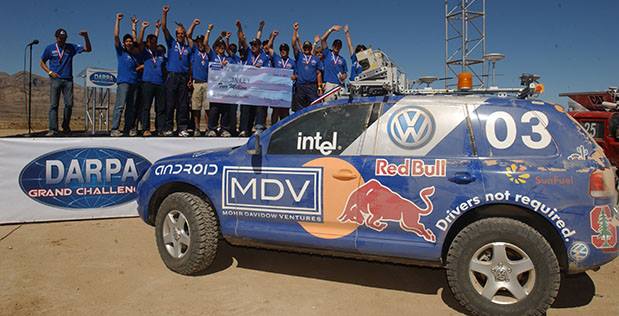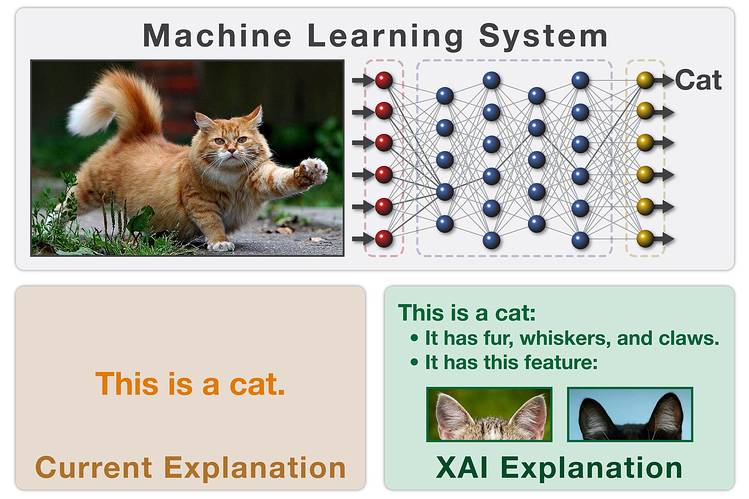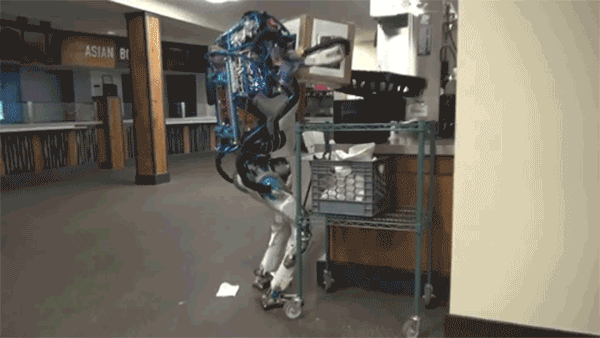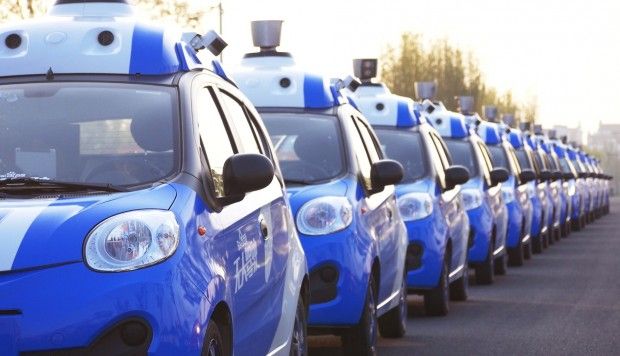In the course of Assured Autonomy program, researchers will aim to develop tools that provide foundational evidence that a system can satisfy explicitly stated functional and safety goals, resulting in a measure of assurance that can also evolve with the system.
Learn more about the Assured Autonomy program: http://www.darpa.mil/news-events/2017-08-16





